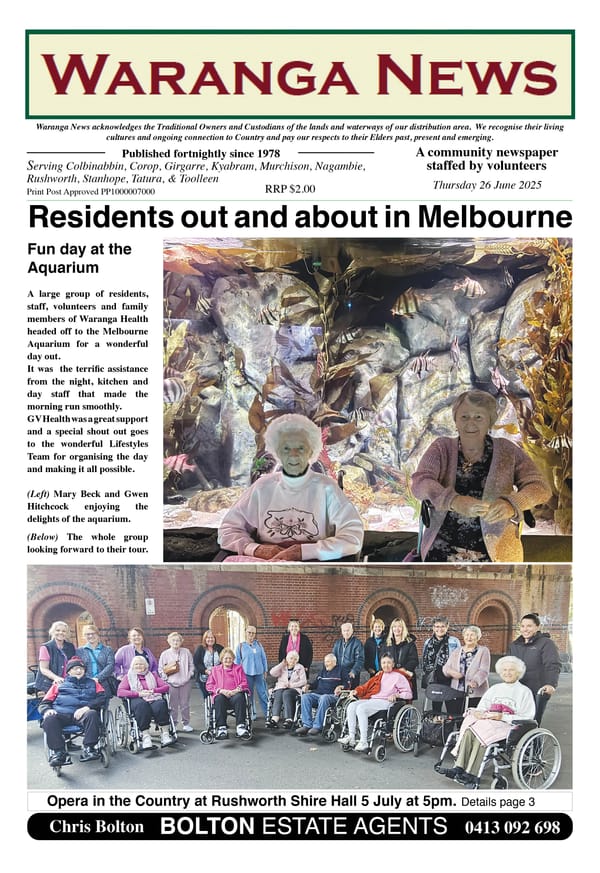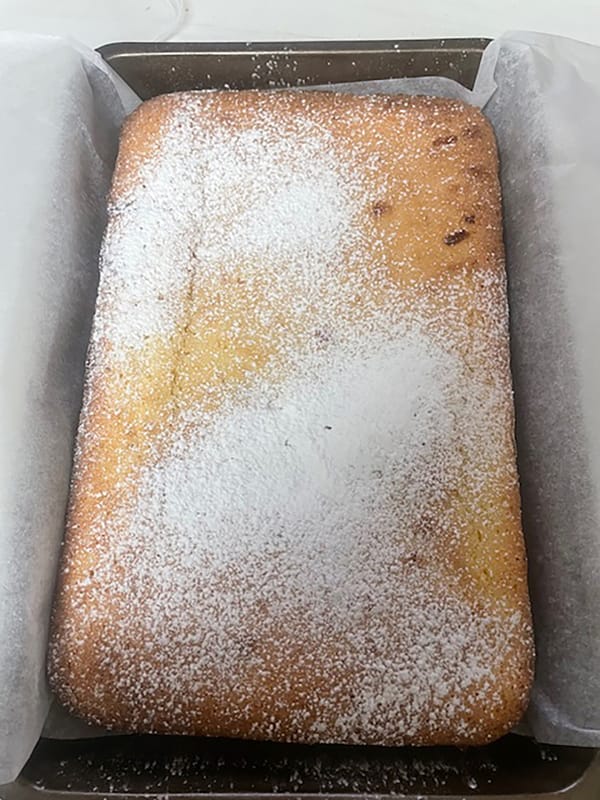27. Deaths far from home

In Chinese culture, most people wished to eventually return, or at least have their bodily remains returned to their home village. Of course, when you were nearly 6000 nautical miles from home, this was not always going to be possible. As a result, some of the Chinese immigrants to the local area in the 19th century ended up being cremated and/or buried here.
Rushworth, Whroo and Murchison cemeteries all have Chinese burials. At Rushworth, some Chinese burials may have taken place in the old cemetery off the Whroo road between 1853-61, but there are no records to confirm this. That cemetery was close to the Chinese camps in Main Gully.
The Cemetery Trust allocated some ground on the eastern boundary of the new cemetery, which was established in 1861. The Chinese section is the lowest point in the cemetery and subject to flooding, which says something about attitudes to the Chinese at the time. There is only one headstone, but a number of burial mounds. It is virtually impossible to say how many Chinese and their descendants are buried in the cemetery, as there are almost certainly unrecorded graves. There are possibly between 20 and 30 burials there.
By the names on the cemetery register, Whroo cemetery records suggest there are at least 25 people with Chinese ancestry buried there. Others might not have been recorded. Like Rushworth, Murchison cemetery has just one Chinese headstone. The only information in the cemetery records is the name Toylock. There are Chinese characters on the headstone which may reveal some of the secrets behind the life and death of the grave’s occupants.
Other deaths are recorded in newspapers, including in the excellent set of obituaries collected by Alan McLean and available on the Rushworth Cemetery Trust website. However, some of the names do not appear in cemetery records. This could be partly because there was so much variation in how names were recorded by different people.
CAUSES OF DEATH
There have been at least 16 inquests into the deaths of Chinese people in the Waranga area since 1856. The reports contain a wealth of information. Sometimes, interpreters were used to gain information from Chinese witnesses who knew the deceased.
Causes of death were many and varied. There was one apparent suicide, with four others dying in accidents. Of those, two died in horse and cart related accidents, which were fairly common in the 19th century. Another was killed in a mine cave-in. His name was A Yea, and the death was unusual in that he had been working with European miners at the time. Generally, the Chinese worked with their own countrymen. A fourth Chinese man, who was probably in his 60s, died of burns in 1882. He had multiple existing health problems before he died.
Most of the others died of various health problems. Often a doctor was sent for to confirm the cause of death, and more often than not, this was the mercurial Dr J V Heily. Sometimes Dr Heily went into great detail in his report, especially where there was evidence of opium use. In one case, he concluded the cause of death was opium poisoning i.e. an overdose. The question of opium use by the Chinese and others will be the subject of a later story.
Quite a few of the men who died from health problems were elderly. For instance, Cheong Hong was 89 when he died in 1910 with multiple health issues. He had been in Victoria for 55 years, placing his arrival around 1855. He was still living in the Chinese camp in Main Gully, Rushworth when he died. Some of the men appear to have been quite destitute when they died. Witnesses gave accounts of trying to be of assistance e.g. by providing food and seeking medical help for people when they were incapacitated. It was a sad and often lonely way to die, so far from home and kin.
Sources: Websites - Public Records Office Victoria – VPRS 24 Inquest Deposition Files, Whroo Cemetery Trust, Rushworth Cemetery Trust.



